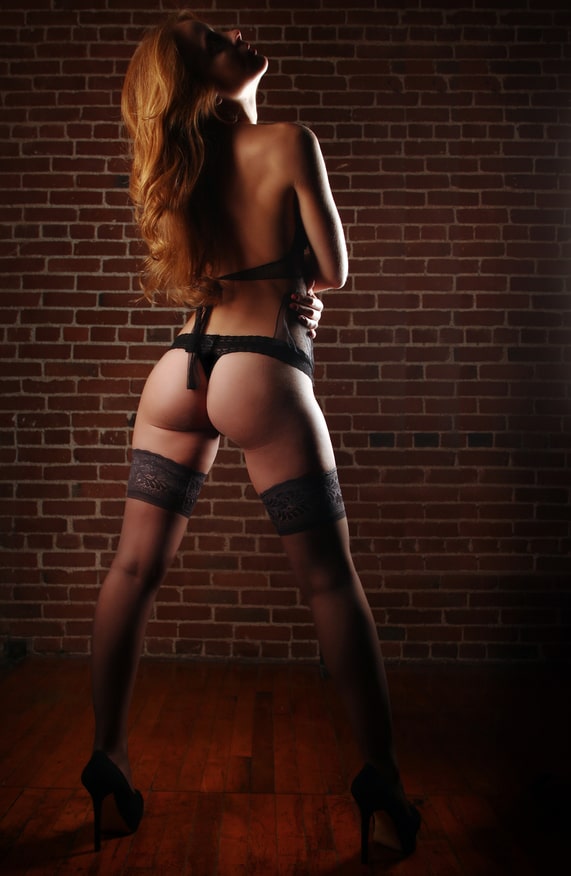Lesbians are submissive and like to give rather than receive. In addition to this, they dress to impress and they are attracted to non-men. Read on to learn more about lesbians and why they are so hot!
There are many characteristics of lesbian women that make them stand out from other women in the sex world.
Lesbians are submissive
While there are many types of lesbian relationships, there are some general categories of lesbians. Most lesbians are considered switches and can enjoy both the top and bottom positions with the same partner. While most lesbians lean more toward the bottom position, there are a few who are happy to top occasionally.
Lesbian relationships are non-violent. Lesbians will never be raped, beaten, or terrorized. As a result, they can be openly frank about their preferences and their bodies without fear of judgment. However, it’s important to understand that lesbians are different from each other and should not be limited to a single type of sexuality.
To help define lesbian relationships, we must first understand the term “top”. A top is the dominant partner. This person likes to give sexual pleasure, while a bottom prefers to receive it.
They prefer giving to receiving
In a lesbian relationship, the top is the dominant partner who prefers giving to receiving. Tops can vary in their sexual preferences, but most of them are satisfied when giving sexual pleasure rather than receiving it. Bottoms, on the other hand, are often submissive, and prefer to receive sexual pleasure rather than give it.
Most lesbians consider themselves switches, though they don’t use that terminology. They enjoy being both a top and bottom, though most of them lean more towards the latter. Although they may be uncomfortable in either role, most lesbians are happy in both positions and can enjoy either.
They dress to impress
Lesbian fashion trends are beginning to seep into the mainstream, and straight men are copying lesbian styles. Lesbian fashion is sometimes characterized as “edgy,” which is defined as wearing what you love and mixing and matching different styles. Some of the top lesbians who rock this look include Rita Ora, Rihanna, and Dani Leigh.
These lesbians are known for their striking outfits and sexy accessories. Many are photographed wearing power suits, oversize dresses, and designer loafers. While the look isn’t as conservative as traditional lesbian fashion, it is still highly distinctive. These women make a statement about gender equality and the fashion choices women make.
Lesbian fashion evolved as the gay and women’s rights movements began to question what was considered the acceptable style for women. Suddenly, the term “androgyny” was a popular fashion term. Lesbians were expected to dress more masculine than feminine, but the queer community was rejecting this societal norm.
They are attracted to non-men
There’s a reason why top lesbians are attracted to non-male partners. It’s because women who aren’t attracted to men have different experiences of womanhood than those who are. By pretending that “woman” is a stable category, we’re ignoring lesbians’ lived experiences.
In fact, lesbians who prefer non-men often feel lonely and isolated because their friends and family are attracted to men. Lesbians who are attracted to men have a difficult time relating to these female friends. Fortunately, there are ways to get through this awkwardness.
The Binghamton Human Sexualities Research Lab has been studying sexual behaviours for a decade. The research team asks participants to report their gender and sexual orientation. However, until now, they’ve only looked at data that was collected during the 1990s. But recently, they’ve discovered an enormous amount of data about sexual attraction.
They are transgender and non-binary
Transgender and non-binary people often have a difficult time expressing their gender, and it can often be a difficult process for them. As a result, many transgender people have been mistreated, including being “dead named” (called a woman or man before transitioning), and experiencing discrimination and violence. Their negative experiences can range from employment discrimination to outings and physical attacks.
While the lack of knowledge and misinformation that often accompany transgender and non-binary people can impede progress in the community, there is some good news. With increasing visibility and representation in entertainment and other fields, attitudes are becoming more accepting of people who are trans. While there is still a long way to go, these changes are a sign of progress and hope for the future.



